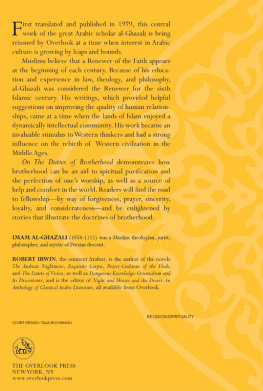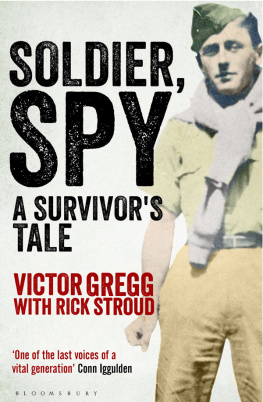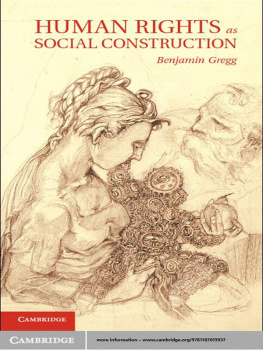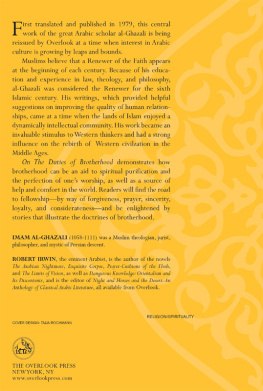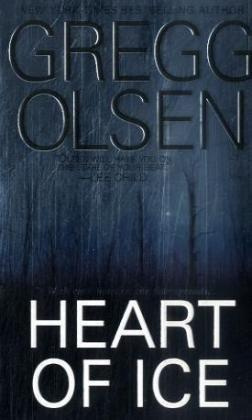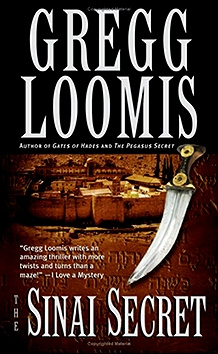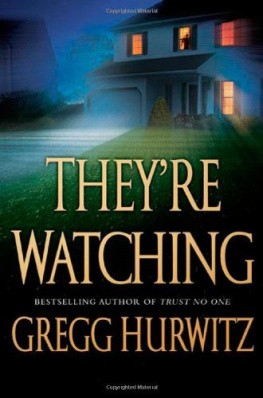Gregg Herken - Brotherhood of the Bomb
Here you can read online Gregg Herken - Brotherhood of the Bomb full text of the book (entire story) in english for free. Download pdf and epub, get meaning, cover and reviews about this ebook. publisher: Henry Holt and Company, genre: Detective and thriller. Description of the work, (preface) as well as reviews are available. Best literature library LitArk.com created for fans of good reading and offers a wide selection of genres:
Romance novel
Science fiction
Adventure
Detective
Science
History
Home and family
Prose
Art
Politics
Computer
Non-fiction
Religion
Business
Children
Humor
Choose a favorite category and find really read worthwhile books. Enjoy immersion in the world of imagination, feel the emotions of the characters or learn something new for yourself, make an fascinating discovery.

- Book:Brotherhood of the Bomb
- Author:
- Publisher:Henry Holt and Company
- Genre:
- Rating:4 / 5
- Favourites:Add to favourites
- Your mark:
- 80
- 1
- 2
- 3
- 4
- 5
Brotherhood of the Bomb: summary, description and annotation
We offer to read an annotation, description, summary or preface (depends on what the author of the book "Brotherhood of the Bomb" wrote himself). If you haven't found the necessary information about the book — write in the comments, we will try to find it.
Brotherhood of the Bomb — read online for free the complete book (whole text) full work
Below is the text of the book, divided by pages. System saving the place of the last page read, allows you to conveniently read the book "Brotherhood of the Bomb" online for free, without having to search again every time where you left off. Put a bookmark, and you can go to the page where you finished reading at any time.
Font size:
Interval:
Bookmark:
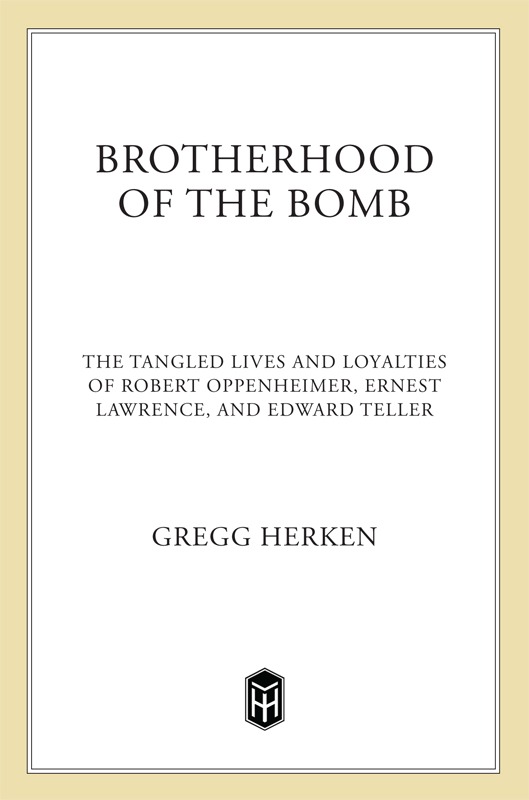

The author and publisher have provided this e-book to you for your personal use only. You may not make this e-book publicly available in any way. Copyright infringement is against the law. If you believe the copy of this e-book you are reading infringes on the authors copyright, please notify the publisher at: us.macmillanusa.com/piracy.
Contents
For Ben
Who can be wise, amazd, temperate and furious, Loyal and neutral, in a moment? No man
Macbeth, Act II, Scene III
It takes an error to father a sin.
Letter, Robert Oppenheimer to his brother, Frank, March 12, 1930
PROLOGUE: DEAD FILES
T HE GREAT DAY when the F.B.I. gives up its dead file is worth looking forward to. We shall then learn what bastards everybody used to be, wrote Nuell Pharr Davis in Lawrence and Oppenheimer, a 1968 book on the two physicists and their times. What Davis could not have knownor imaginedis that, some thirty years later, the sources available to historians would include not only the Bureaus dead files, with its verbatim transcripts of wiretapped conversations, but thousands of pages of declassified U.S. government documents, the intercepted and decrypted secret cables sent between Moscow and its spies in wartime, and even official Communist Party records, released from Moscows archives following the collapse of the Soviet Union in 1991.
Supplemented by private papers and numerous personal interviews, the historical record now available makes it possible to piece together and to tell, for the first time in detail and with some authority, the story of that turbulent time. The record does indeed reveal bastards, but it also shows more than a smattering of real heros.
The physicists who are the subject of this bookRobert Oppenheimer, Ernest Lawrence, and Edward Tellerwere among the most influential scientists of the twentieth century. Theirs is a story that encompasses not only the making of the atomic bomb and its far more destructive successor, the thermonuclear Super, but allegations of treason and the political trials that resulted in a Cold War at home.
Much that has happened sincefrom the nuclear arms race, to the relationship between scientists and their governmenthas its roots in those days.
Although Oppenheimers loyalty hearing took place at the same time as the televised army-McCarthy hearings that brought down the Wisconsin senator, it was Oppenheimers trial behind closed doors that had perhaps the greater and more lasting effect: forty years later, Teller would blame his difficulties in recruiting scientists for Star Wars, Ronald Reagans missile defense campaign, upon the outcome in the Oppenheimer case.
It is also, and no less, a human story. For the three who are its focus, putting their science in the service of the state brought great power but, with it, wrenching choicesforcing each to decide, for example between the interests of his nation, his patron, or his friend. It is, among other things, a tale of overweening ambition and the surprising love and loyalty of a brother; one which shows that there can be nobility even in the making of bombs.
Not surprisingly, it is the kind of story that dramatists as well as historians have been drawn to. Yet is it not Faust but another of Goethes works that the plot perhaps most closely resembles. Like The Sorcerers Apprentice, it is a cautionary tale of arrogance, betrayal, and unforeseen consequences; of what comes from invoking forcesboth political and physicalthat one neither fully understands nor controls.
PART ONE
TEMPLES OF THE FUTURE
Take interest, I implore you, in those sacred dwellings which one designates by the expressive term laboratories. These are the temples of the futuretemples of well-being and happiness.
Ernest Lawrence, commencement address, 1938
THE CYCLOTRON REPUBLIC
E ARLY IN 1939 , Ernest Orlando Lawrence, the Berkeley physicist and inventor of the cyclotron, was planning a machine to change the world. It would be the largest and most expensive instrument thus far dedicated to scientific research. Requiring enough steel to build a good-sized freighter and electric current sufficient to light the city of Berkeley, Lawrences latest atom-smasher would, in theory, accelerate elementary particles to an energy of 100 million electron volts, enough to break the bonds of the atom and penetrate to its heart, the nucleus.
Almost a year after German scientists had first observed the fissioning of uranium, the atomic nucleus remained the unexplored ultima Thule of twentieth-century physics. Striking to its heart required giant machines capable of generating energies close to that of cosmic rays traveling from space. At such energies, charged particles, or neutrons, colliding with an atom broke it apart, laying bare its inner workings. The cyclotron was, in effect, a means of replicating the elemental forces of Nature.
Lawrences first atom-smasher had been an unimpressive glass contraption barely 4 inches across, covered with red sealing wax against vacuum leaks. By 1939, that original cyclotron hung, like a trophy, above the entrance to one of the new laboratories on the Berkeley campus. Unprepossessing, it was yet the stuff of which the dreams of alchemy were made: a twentieth-century philosophers stone, promising its possessor the ability to transform the elements of matter, once thought immutable.
But, beyond smashing atoms, exactly what the new machine would do remained mysterious even to Lawrence. The prospect he held up to Robert Gordon Sproul, the patrician president of the University of California, was worthy of a pre-Columbian explorer both for its sweeping vision and its lack of specificity: Until we cross the frontier of a hundred million volts, we will not know what riches lie ahead, but that there are great riches there can be no doubt.
Like Paracelsus, Lawrence promised to turn lead into goldbut in infinitesimal amounts, and at prodigious cost. Mindful of the recent discovery of fission, Ernest chose to emphasize to Sproul another long-held hope of humanity that most scientists, he among them, had until now dismissed as illusory: we may be able to tap the unlimited store of energy in the atom.
* * *
Lawrences moment of discovery had come a decade earlier, in early 1929. Then an unmarried twenty-eight-year-old associate professor of physics newly arrived from Yale, he was living at Berkeleys Faculty Club and working late nights at the university library. It was on one such lonely evening, while struggling through a recent article by a Norwegian engineer, Rolf Widere, in a German journal, the Archiv fr Elektrotechnik, that Ernest had his epiphany.
Wideres article was about a new way of speeding particles to high energies by repeated applications of a lower voltage. Resonance acceleration was an electromagnetic phenomenon without obvious practical application, in which positively charged particles are accelerated sequentially by electrical impulses as they pass through a succession of vacuum tubes. The acceleration ceased only when the experimenter ran out of tubes, or the particles fell out of step with the electrical impulses and spread out, shotgun-like, hitting the tube walls. A diagram in the article showed the vacuum tubes arranged in a straight line, end to end. Since his German was weak, Lawrence was drawn to the diagram rather than the text.
With the intuitive understanding that was always his greatest strength, Lawrence instantly recognized that if the particles could be confined to a circle rather than a straight line, and kept focused by a magnet while electrical impulses accelerated themalternately pulling and pushingthere might be no limit to the energies obtained. The following day, Ernest excitedly described his idea for a proton merry-go-round to Berkeley colleagues.
Font size:
Interval:
Bookmark:
Similar books «Brotherhood of the Bomb»
Look at similar books to Brotherhood of the Bomb. We have selected literature similar in name and meaning in the hope of providing readers with more options to find new, interesting, not yet read works.
Discussion, reviews of the book Brotherhood of the Bomb and just readers' own opinions. Leave your comments, write what you think about the work, its meaning or the main characters. Specify what exactly you liked and what you didn't like, and why you think so.

